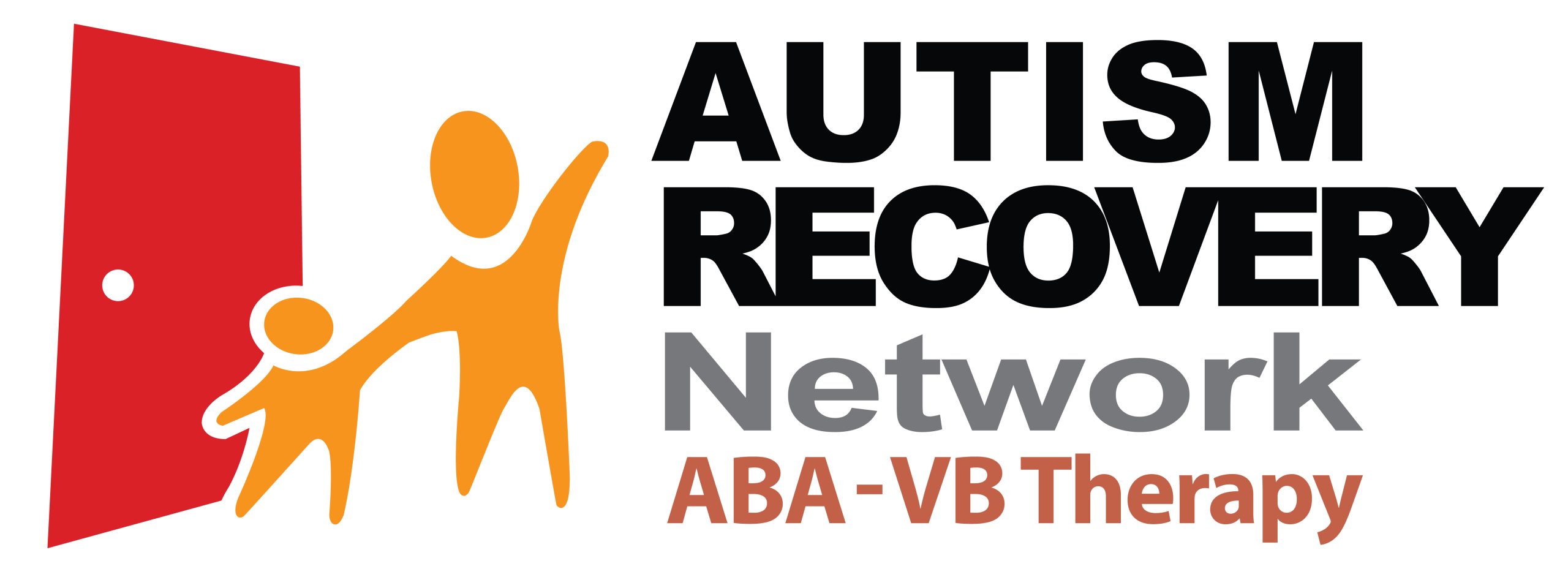Recently I reviewed Temple Grandin’s new book, The Autistic Brain: Thinking Across the Spectrum (link is external), for the New York Journal of Books (link is external). Dr. Grandin is the world’s most famous high–functioning autistic individual. She holds a Ph.D. in animal science, teaches at the University of Colorado, and is honored by an HBO biopic in which she is winningly played by Claire Danes.
In the book Grandin shares her own brain imaging studies with the reader, an understandable impulse given how seductive such modern images have become.
Not a day goes by without one hearing of the latest scanning results wherein this or that brain area “lights up” for a given function or malady. There has been a great interest in functional brain mapping just as there had been of anatomical studies in the twentieth century—but, we must ask, Exactly what is it that they purport to show?
Hot spots are not and can never be the entire story, and here’s why. Think of a mountain range in which only one or two peaks poke through the clouds. If you are flying above, that is all you will see. Ignorant of the massive structure below, you and the people on the ground will have quite different understandings of the mountain. Your respective knowledge of the truth will be poles apart.
By the same analogy current brain imaging technology picks up only the peak areas of activation out of many dozens that participate in the network underlying whatever it is one is trying to image.
Take my own field of synesthesia (link is external), for example. Viewers often get excited when V4, the human color area, lights up in a synesthete with colored hearing or colored graphemes (link is external). “There it is!” they exclaim, as if V4 were the “the location” of synesthesia.
But synesthesia is not located in any one place. It exists instead as the dominant process at any given time in the network that underlies it. V4 is merely one hot spot in that network, one peak of the mountain that happens to be poking through the clouds that we can see with our current technology. What technology doesn’t capture is all the necessary attention, memory, emotional salience, perceived size, shape, movement, and spatial location—some of the aspects that constitute the whole, singular experience.
The same is true in autism, whose fundamental characteristic is impaired social communication. Social interaction is fundamental to being human. We take it for granted, but think for a moment how complicated it is.
It is guided by a thousand unwritten rules that are learned early in one’s life. Most infants and children soak these up easily, but the autistic brain cannot decipher nor make sense of these interpersonal “rules.” Is it any wonder that autistic kids’ social impairment—a skill that draws on multiple talents and a host of perceptual clues—can be profound?
The overlapping networks are accordingly deep and diffuse throughout the brain, which is why no current scanning technology is going to detect a signature pattern in the autistic brain.
There are, to be sure, individual exceptions, especially in outliers as accomplished as Temple Grandin. For example, High Definition Fiber Tracking, which traces the major cables in one’s brain, shows one of Grandin’s visual tract to be 400% bigger than a control subject’s. This is consistent with her “thinking in pictures,” which she describes in her book by that name. Scans in other autistics have reported a reduction in cortical activation to faces, which is consistent with their not looking at other people.
But most autistics have normal brains, a fact that Thomas Insel, director of the National Institutes of Health calls, “The most inconvenient truth about this condition.” He says, “Even when you look at a child who has no language, who is self–injuring, who’s had multiple seizures, you would be amazed how normal their brains look.”
Grandin longs for the next step of finding a genetic, neuroanatomical, or chemical common ground. But until much more is known about autism’s cause, or whether the varied behaviors now under the autism label even represent a singular disorder in any fundamental sense, she prefers to focus on specific behaviors. And I have to agree.
Link to original article: https://www.psychologytoday.com/blog/the-fallible-mind/201305/the-maddening-normality-autistic-brains

